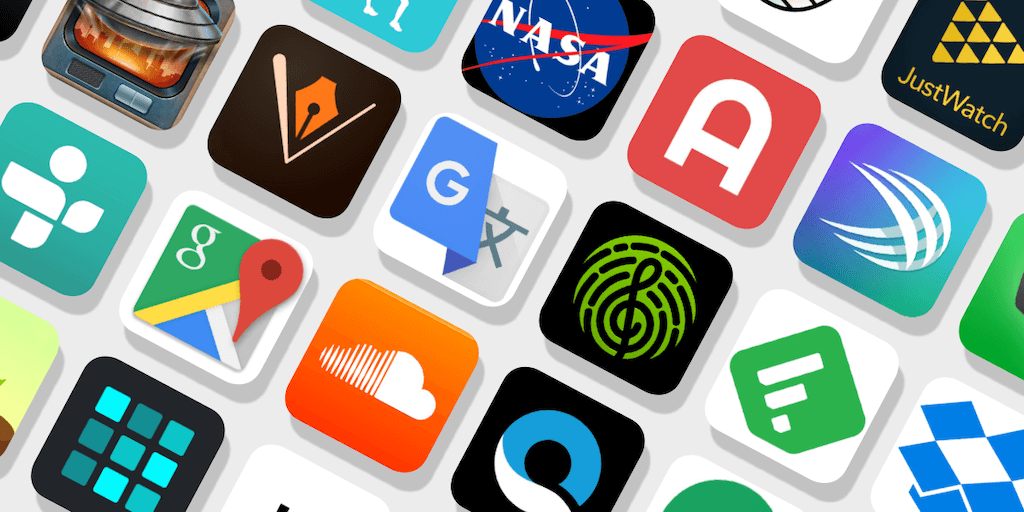Navigating the Digital Wild West of Educational Apps — With Millions of Apps to Choose From, How do Parents and Educators Find Apps That Pass the Test?
As American dads and moms, we have come to count on — and realize — the heavy law of products and content material offered in the infant customer market. No self-respecting determiner could ever buy a car seat that did not meet rigorous child safety standards. We might not say “sure” to a film for a three-year antique that wasn’t G-rated. We even scrutinize the exceptional print on cereal packing containers to ensure the components are healthy for our infants.
So why are we not asking additional questions about which instructional apps are “top” for kids in a world wherein display time and getting to know time are increasingly blurred?
Kids love technology, and their use of iPads and drugs has skyrocketed in recent years, with seventy-five percent of children between eight and 8 the usage of a tablet or cellular tool on an everyday basis. Consistent with the Pew Research Middle, the wide variety of usa citizens that own a tablet pc has risen tenfold since 2010, with 45 percent of U.S. Adults holding a tablet today and 1/2 (50 percent) of dads and moms with minor youngsters residing at home owning a tablet. In 2013, eight million iPads were sold to schools, and in 2014, that quantity jumped to thirteen million, which is showing significant promise in education, regularly with profound consequences.
Because the number of capsules and computer systems in faculties is growing, the number of hours youngsters spend daily with displays increases. In their document on youngsters and Media, the Yank Academy of Pediatrics discovered that the typical child is in front of a screen for seven hours an afternoon. The AAP recently revised their 2016 guidelines to suggest that the screen time should be two hours an afternoon and that time should be spent on 86f68e4d402306ad3cd330d005134dac content material.
So how do mother and father decide what’s “excessive first-rate?”
With more than 1,000,000 apps available nowadays and 100,000+ of those categorized “academic,” how can parents and educators sort through the clutter and find the first-rate ones? Which apps are absolutely educational versus enjoyable? Which has been tried, examined, reviewed, and demonstrated to assist children? In a single document using The Joan Ganz Cooney Center, a nonprofit literacy and digital media Studies enterprise recently called the “digital Wild West” arena of educational apps.” We couldn’t agree more.
As parents, educators, and builders of digital mastering apps ourselves, we often recommend parents that their quality guess try to find apps that were tested for efficacy and have been reviewed with the aid of nicely installed education experts or evaluate websites, such as Common Experience Media, Kid’s technology review or Appolicious. Also, it is important to comprehend that there may be an enormous distinction among what’s trending as #1 within the app save education class, which constantly modifies and is regularly primarily based on recognition, and what has been tested for its effectiveness.

Research With Homer, the number 1 Examine-to-Examine app that we created to scale 86f68e4d402306ad3cd330d005134dac literacy coaching throughout the globe, is one of the few apps in the patron marketplace that has passed through a randomized, double-blind look at to decide its efficacy in coaching kids to Examine. The study, carried out by Susan B. Neuman, former U.S. Assistant Secretary of Schooling and professor of Early Adolescence & Literacy education at The Big Apple University, determined that kids who used Examine with Homer over a six-week length confirmed a good-sized increase in the following areas: print information, phonological cognizance, and letter sounds. These outcomes indicated that Research with Homer increased early literacy ratings by 74 percent over the six-week duration compared to the management group.
Apps will significantly affect scholarly studying, and it’s just not constantly that clean to discern which ones are clearly paintings. Having lived through what it takes to create an app with actual knowledge of value, we have a few tips and suggestions for parents as they may be thinking about getting the most out of their Children’s constrained display screen time: Even as restricting display screen time is essential, overall display time isn’t the most influential metric parents need to use when evaluating their circle of relatives’ era values.
Cognizance on first-class of the content eating up further to minutes of screen time. Even 15 minutes spent with a useless sport called “instructional” is probably excessive.
Watch your toddler’s interplay with tech gear and video games and ask questions about their studies. Are the “video games” asking them to use their thinking abilties?
Can youngsters navigate themselves through a getting-to-know collection on the app, or does the discerning have to be there to redirect the kid away from “amusing” that can distract from studying? Mother and father gambling along with their youngsters can provide top-notch support in achieving learning desires. However, kids must quickly access mastering content as they navigate an app themselves.
As a dad, mom, and educator, do your homework: Study critiques, attempt unique apps yourself, and see what works first-rate in your family. Offer feedback to your favorite app developers by emailing their aid team. Agencies that, without a doubt, care about your child’s getting to know are typically hungry for comments on how they could enhance their merchandise. As you are close to the back-to-faculty season and searching out apps to help your infant gain knowledge outside of school, we hope you discover those pointers are valuable and fun.




